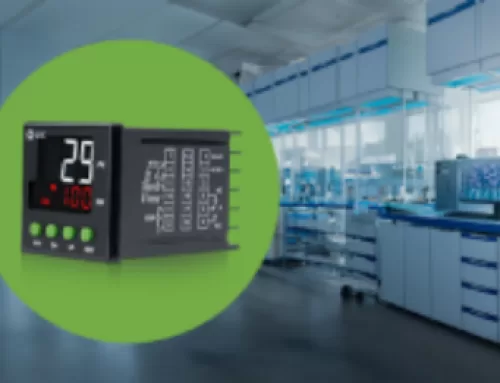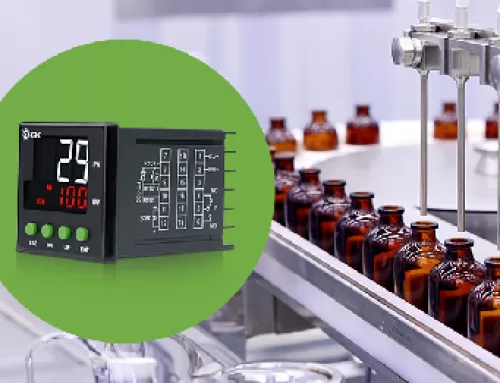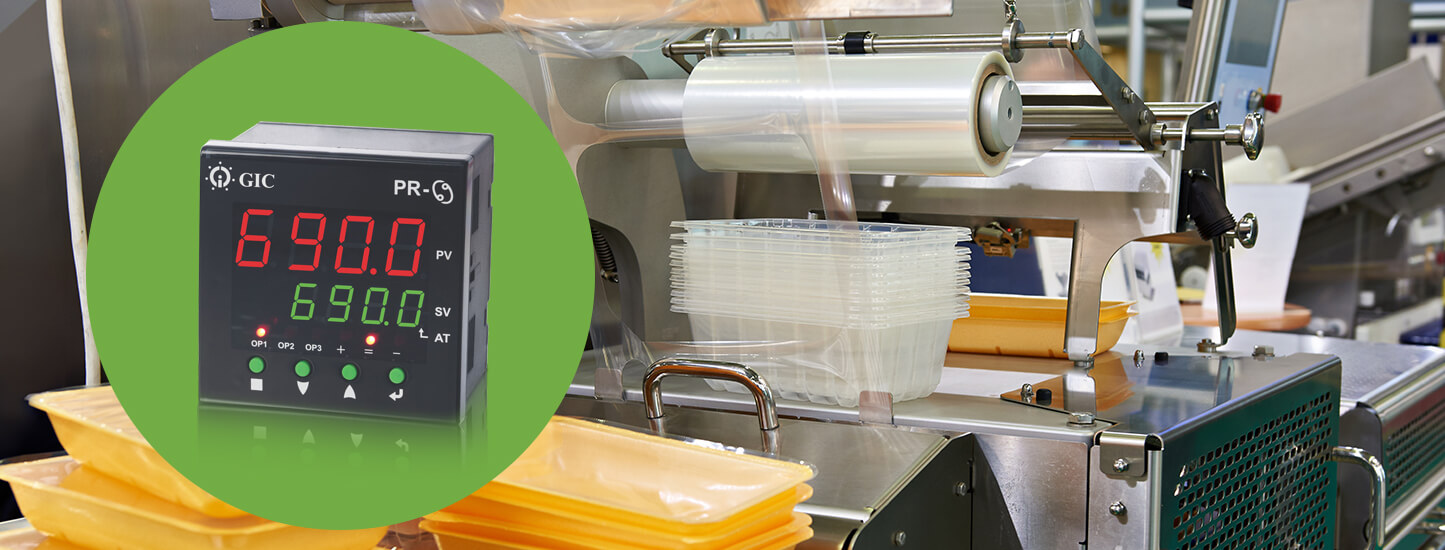
How PID Temperature Controllers Can Help Regulate Heat in Industrial Applications
For industries that require precise temperature control, PID temperature controllers are a game-changer. With their ability to regulate heat with accuracy and efficiency, they have become an integral part of various industrial applications. In this blog post, we will discuss what PID temperature controllers are, their advantages for industrial use, factors to consider when selecting one and best practices for using them effectively.
What is a PID Temperature Controller?
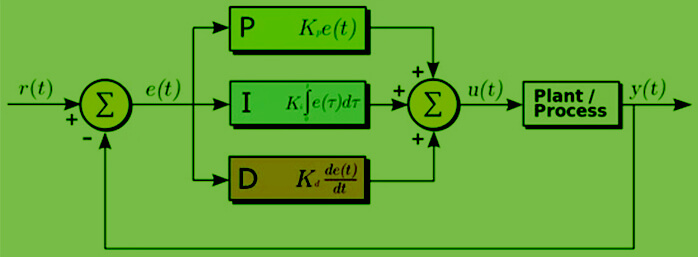
A PID controller or Proportional Integral Derivative controller, is a feedback control system used to regulate and maintain a stable temperature in industrial applications. It works by continuously measuring the actual temperature of a system and comparing it to the desired setpoint, then adjusting an output signal accordingly to reach that setpoint.
Here are some key features of PID controllers:
Proportional control:
adjusts the output signal based on the difference between the actual and desired temperatures.
Integral control:
accumulates errors over time and adjusts for long-term variations.
Derivative control:
predicts future changes in temperature trends based on current readings.
Applications of PID Temperature Controllers

PID temperature controllers are widely used in various industries where precise and accurate temperature control is required. These include food processing plants, brewing facilities, and chemical manufacturing companies among others. They provide a reliable means of controlling temperatures within specific parameters which ultimately leads to increased productivity and efficiency while reducing energy costs associated with heating or cooling processes. By effectively regulating temperatures during production processes, PID temperature controllers can improve product quality and reduce waste due to inconsistencies caused by fluctuations in temperature levels during manufacturing processes.
Advantages of PID Temperature Controllers for Industrial Applications
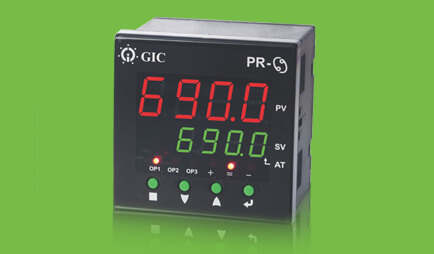
Factors to Consider When Selecting a PID Temperature Controller
Sampling Rate
When selecting the appropriate sampling rate for a PID temperature controller, it’s important to consider the specific needs of your application. Higher sampling rates can offer more accuracy and precision in temperature control but may come at the cost of slower response times. On theother hand, lower sampling rates can provide quicker response times but sacrifice some accuracy in doing so. Understanding this trade-off is crucial when determining which sampling rate will best suit your industrial process.
It’s also important to consider factors such as system noise and thermal lag when choosing a sampling rate for your PID temperature controller. These variables can impact both accuracy and response time, so it’s essential to find a balance between them that will ensure consistent and reliable operation. Ultimately, by carefully considering each of these factors in conjunction with one another, you’ll be able to select a suitable sampling rate that meets all of your requirements while maintaining optimal performance from your PID temperature controller.
Temperature Range
Knowing the temperature range required for your specific application is crucial when selecting a PID temperature controller. This ensures that the controller can accurately measure and control temperatures within that range, leading to optimal performance in your industrial process. It’s important to consider factors such as maximum and minimum operating temperatures, potential fluctuations, and any special requirements of your application.
Here are some key points to keep in mind:
- Determine the desired setpoint temperature and ensure it falls within the controller’s capabilities.
- Take into account any tolerance limits or variations in temperature needed for your process.
- Verify if there are any regulations or industry standards regarding temperature range that need to be followed.
Having a thorough understanding of these factors will help you select an appropriate PID temperature controller for your unique needs.
Input and Output Types
In industrial applications, PID temperature controllers play a crucial role in regulating heat. To properly configure these controllers, it’s important to consider the different types of input signals such as thermocouples or resistance temperature detectors (RTDs) which measure temperature. Additionally, determining the type of output signal needed whether it be relay voltage, current is equally important since this will impact how the controller reacts to changes in the input signal.
Furthermore, configuring a PID controller for different types of inputs and outputs requires attention to detail. For example, when using RTDs as an input signal, additional considerations must be made due to their non-linear response characteristics compared to thermocouples which have a linear response. Ultimately understanding these nuances is critical when working with PID temperature controllers and ensures proper regulation of heat in industrial settings.
Best Practices for Using PID Temperature Controllers

To ensure accurate and consistent regulation of heat in industrial applications, it is important to follow best practices when using PID temperature controllers. Following these best practices can help maximize efficiency and productivity while minimizing waste and costly errors for industrial operations relying on PID temperature control systems.
• Calibration
Accurate calibration is crucial for ensuring the optimal performance of PID temperature controllers in industrial applications. Different methods can be used to calibrate these controllers, including manual tuning and auto-tuning. Each method has its advantages and disadvantages, but it is important to understand the specific needs of your application before choosing a method.
When calibrating a PID temperature controller, there are common mistakes that should be avoided. These include not accounting for changes in ambient conditions or failing to properly isolate the system during testing. It,s important to take these steps seriously because even small deviations from accurate calibration can result in significant errors over time.
By understanding the importance of accurate calibration and employing proper methods while avoiding common mistakes, you can ensure that your PID temperature controllers operate at peak efficiency and deliver precise results every time they’re needed.
• Tuning
Tuning is a crucial process for optimizing the performance of PID temperature controllers, which are commonly used in industrial applications. Proper tuning ensures accurate and stable control of temperature, preventing overheating or underheating that can cause damage to equipment or affect product quality. GIC PID Temperature Controllers also come with Auto – Tuning function. Here,s a step-by-step guide to achieve PID controller auto tuning:
- First, we can set the values ( Set Point ) on the chosen Temperature Controller
- Then choose the type of sensor.
- Once you have entered the type of sensor, select the preferred controlling action ( PID action)
- Once the above three steps are performed, Set the preferred output action ( Relay / SSR )
However, advanced techniques may be required for fine-tuning in complex systems with nonlinear behaviour or varying load conditions. These include model-based methods such as adaptive control and cascade control, as well as heuristic approaches like fuzzy logic and neural networks. With proper tuning techniques applied by an experienced professional, you can ensure optimal performance of your PID temperature controller in any industrial setting.
•Maintenance
Regular inspection and cleaning procedures are crucial for maintaining the longevity of PID temperature controllers. A build-up of dirt and debris can cause inaccurate readings, leading to poor product quality or even system failure. It is recommended to clean the controller at least once a month with a soft cloth or compressed air.
Replacing worn out or damaged components in a timely manner is also important for ensuring optimal performance of PID temperature controllers. Ignoring issues such as loose wires, faulty sensors, or broken displays can lead to more significant problems down the line. Regularlychecking and replacing parts that show signs of wear and tear will help prevent costly repairs in the future.
Troubleshooting common issues with PID temperature controllers requires knowledge of how they operate and an understanding of potential problems. Common issues include incorrect set-point values, fluctuating temperatures, or unresponsive controls. By familiarizing oneself with these common issues and their solutions, one can quickly resolve any problems that arise without disrupting production processes unnecessarily.
GIC Temperature Controllers.
Small in size. Big on Impact.
GIC Temperature Controllers offer a reliable and efficient solution for precise temperature control across various industries. With their advanced features, compact size, and robust build quality, these controllers empower businesses to maintain optimal temperature conditions, resulting in improved product quality, enhanced process efficiency, while saving cost and panel space. Whether it’s for industrial processes, HVAC systems, or laboratory applications, GIC Temperature Controllers provide the necessary tools to achieve accurate and stable temperature control. Trust GIC to deliver reliable and innovative temperature control solutions for your specific needs. GIC Temperature Controllers. Small in size. Big on Impact.




